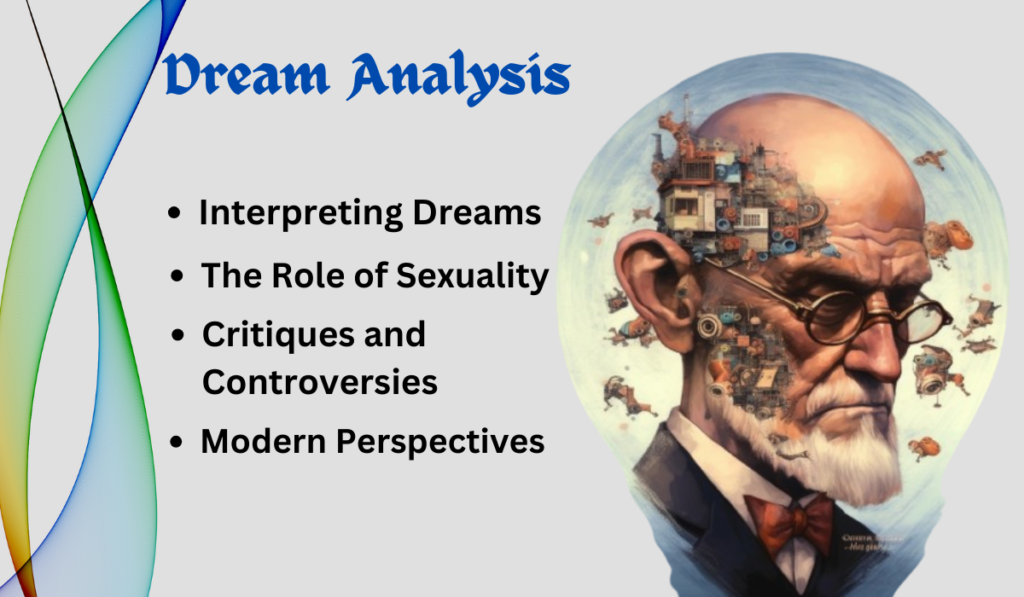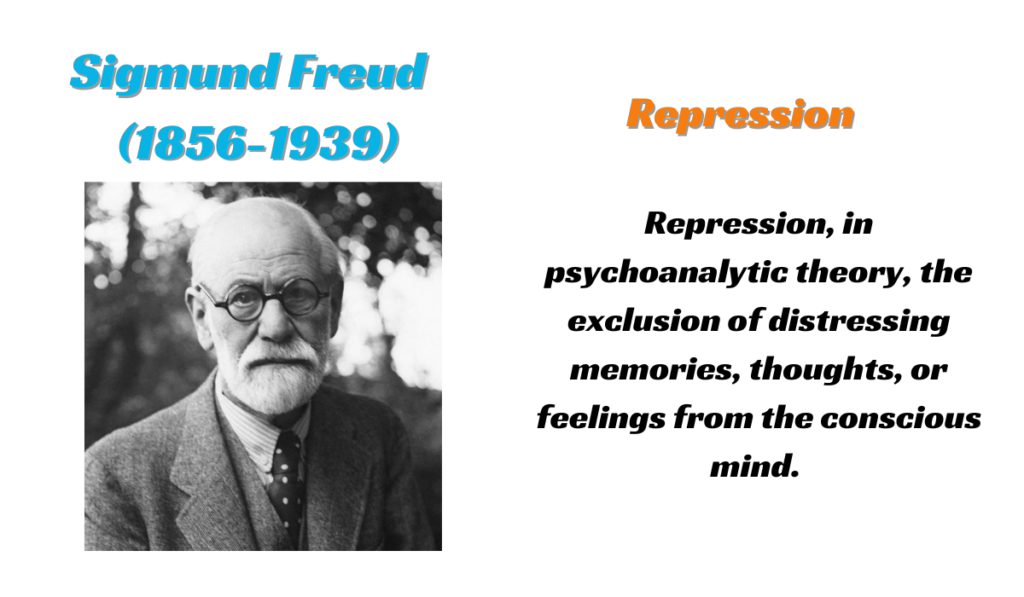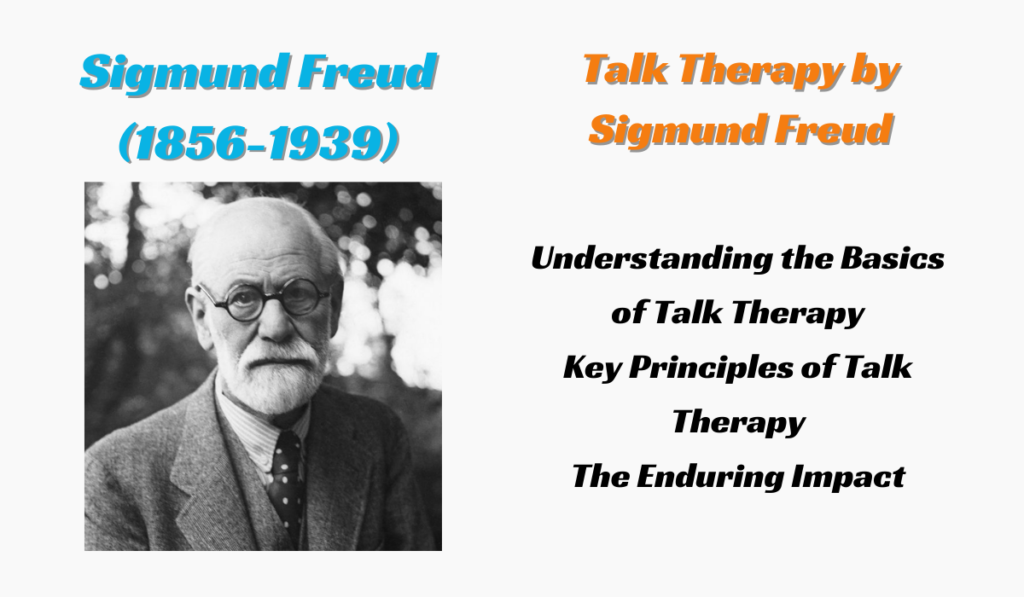Sigmund Freud, a pioneering figure in the field of psychology, introduced the Theory of Dream Analysis in the late 19th century. This revolutionary concept delves into the hidden meanings and insights buried within our dreams. Let’s explore this fascinating theory step by step.

Basics of Freud’s theory of Dream Analysis
The Nature of Dreams: Dreams are our subconscious mind’s way of communicating with us, revealing repressed desires, fears, and emotions.
The Manifest and Latent Content: Freud distinguished between the manifest content (what we remember upon waking) and the latent content (hidden, deeper meanings upon waking) of dreams.
The Unconscious Mind: Dreams offer a glimpse into the unconscious mind, where thoughts and emotions often remain hidden.
The Structure of Dreams
Elements of Dreams: Dreams consist of various elements like images, symbols, and events that need interpretation.
Condensation: In dreams, multiple thoughts or ideas may be condensed into a single image or event.
Displacement: Emotions or desires may be shifted onto unrelated objects or people in dreams.
Symbolism: Freud believed that dreams often employ symbolism to represent our inner conflicts and desires.
Interpreting Dreams
Free Association: Freud employed the technique of free association, encouraging patients to say whatever comes to mind while discussing their dreams.
Psychoanalysis: Through psychoanalysis, Freud aimed to uncover the deeper meanings and unresolved conflicts hidden within dreams.
Case Studies: Freud’s own case studies, such as the famous “Dora” case, exemplify the practical application of dream analysis.
The Role of Sexuality
Sexual Symbols: Freud asserted that many dream symbols are related to sexual desires or experiences, although they may be disguised.
Oedipus Complex: Freud’s Oedipus complex theory suggests that dreams can reveal unresolved conflicts related to sexual attraction to one’s parent of the opposite sex.
Critiques and Controversies
Lack of Empirical Evidence: Critics argue that Freud’s theory lacks empirical support, making it difficult to validate his claims.
Overemphasis on Sexuality: Some psychologists criticize Freud’s theory for overemphasizing sexuality as the primary motivator in dream analysis.
Modern Perspectives
Integration with Modern Psychology: Contemporary psychoanalysts have integrated Freud’s ideas into more comprehensive models of dream analysis.
Jungian and Cognitive Approaches: Jung’s archetypal theory and cognitive approaches offer alternative perspectives on dream analysis.
Conclusion
Freud’s Theory of Dream Analysis remains a significant milestone in the field of psychology. Although it has faced criticism and evolved over time, it continues to influence our understanding of the complexities of the human mind. Exploring our dreams can still provide valuable insights into our inner world and unresolved conflicts.
Bibliography
Freud S. (1900). The interpretation of dreams, in The Standard Edition of the Complete Works of Sigmund Freud, Vol. 4, 5, ed Strachey J. (London: Hogarth Press). https://scholar.google.com/scholar_lookup?title=The+Standard+Edition+of+the+Complete+Works+of+Sigmund+Freud&author=S.+Freud&publication_year=1900&
Mariam holds an MS in Sociology with a specialization in Medical Sociology and Social Psychology. With a strong academic background and extensive research work in both fields, she brings depth and clarity to complex topics. Her writing explores the intersection of society, health, and the human mind, making academic ideas easy to grasp and relevant to everyday life.



Pingback: Psychoanalysis: The concept of Talk Therapy by Freud